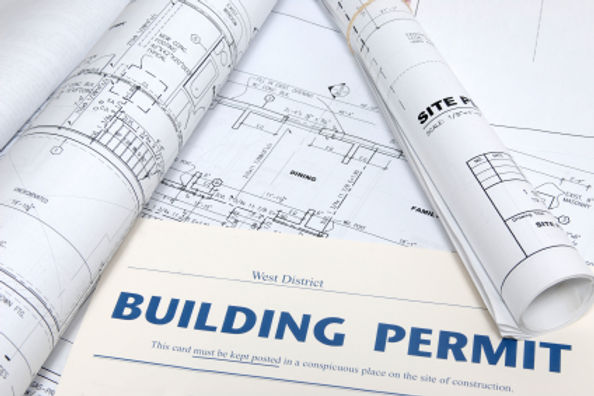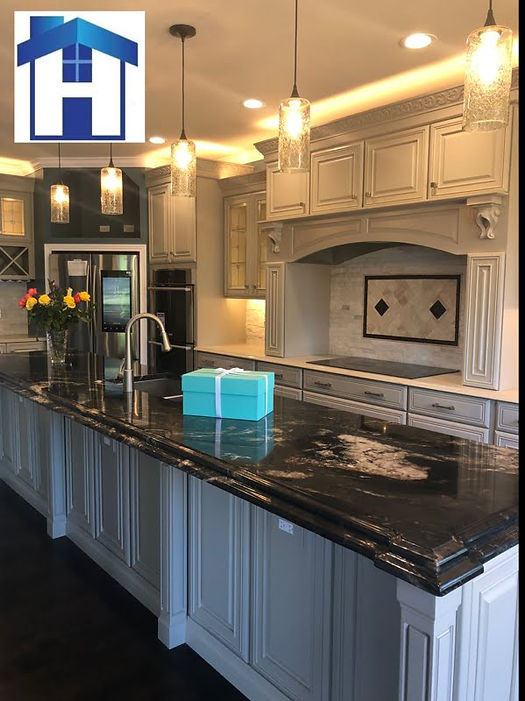11 Tips to Avoid Common Contractor Scams
Contractor scams are unfortunate, unethical, and they make all general contractors look bad. To say the least, I despise the character of any contractor, or person, that engages in unethical behavior to mislead or defraud any homeowner. With that being said, I have been in the industry for awhile, and over the years, I have heard of ridiculous schemes, shoddy workmanship, and nightmare scenarios that homeowners have unfortunately experienced, which is why I have put together a list of red flags, or warning signs, to help you avoid a potential contractor scam. 1. Low-ball Offer If you receive 3 estimates and one is oddly low compared to the others, then there is a potential for a scam. In this scenario, the “contractor” wants you – the homeowner – to make a decision solely based on price. Then, the “contractor” will ask for a down payment (which will probably be a larger amount than what is typical in the industry), and he will leave with your money and never return. How to avoid: Receive 3 estimates. If one is low, then ask why. If the reason is that the contractor missed items on the scope of work, then ask for a revised estimate. If not, walk away. 2. Large Down Payment At DDT Home Transformations, we use a progress payment schedule, which is usually divided into 3-5 payments, depending on the dollar amount of the project. The percentages are typically 30/30/30/10 (with the first 30% being the down payment). So, if your project is $10,000, then the down payment would be $3,000. A “contractor” attempting to scam a homeowner may ask for half or more of the total agreement amount. The only exception to this rule is if the project is less than $5,000 and takes a maximum of 3 days to complete; i.e., small roof, installing doors, etc. How to avoid: If you feel this is a good contractor, then ask for a revised payment schedule. If the contractor is unwilling to revise the down payment amount, then walk away. 3. Payment in Cash With technology helping to swing society towards a lesser dependency on cash, using traceable forms of payment is recommended. A “contractor” pushing for you to use cash is a large, red flag, screaming “STOP”. Specifically requesting payment in cash is abnormal for the residential remodeling community, since there are a plethora of payment options; i.e., check, debit, and credit. To avoid this scam, insist on using a non-cash form of payment. How to avoid: Don’t pay in cash. If a contractor is insisting on cash payments, then don’t proceed. Besides, check and debit card payment forms is the equivalent to cash. 4. No Permanent Office This is not a knock on all of the aspiring entrepreneurs who are bootstrapping their way to a successful construction company one day. If you are working with a young company, then the owner will have the capacity to confidently answer any questions pertaining to their “home” office. But, without a permanent location, scam artists pretending to be contractors will use this tactic to make the possibility of tracking them impossible. How to avoid: Review the business online. Have multiple conversations with the owner. If you feel comfortable, then proceed with a strict payment schedule. If not, don’t proceed. 5. Limited Time Offers You can’t beat a great deal! There’s nothing like getting something you want for almost nothing, unless the deal is too good to be true. Don’t be fooled by limited time offers. “Contractors” will position an offer in such a way that is almost impossible to say no to. Say, “NO”. It will save you a lot of frustration and money. Remember that these “contractors” have no intention of doing any work, they just want your money; so, if they offer a BOGO when nobody else is, then this offer is a NO-GO. How to avoid: The old adage is, “If it is too good to be true, then it probably is” applies to this scam. Do not be blinded by low prices. Honestly, abnormally low prices are indicators of inexperience and potential malfeasance. Politely decline the “limited-time offer” contractor. 6. Going Door-To-Door I don’t know a contractor who goes door-to-door; it could possibly be an effective marketing strategy since no one else I know is doing it. But, in this case, going door-to-door is nothing more than a non-digital phishing strategy. The “contractor” is looking for a homeowner that is gullible enough to take the bait, whatever it may be. However, a contractor that is working in the neighborhood may walk the surrounding area to hand out flyers or door hangers – this is acceptable. How to avoid: Don’t entertain offers from door-to-door, contractor salesmen. It is abnormal for the industry. Besides, if you want a project completed, you will solicit for estimates. 7. Lacks Professionalism Does the “contractor” have a shirt or vehicle with the company logo and information such as a phone number or website address? How was the contractor’s demeanor during the conversation or meeting? A person that is looking to take your money will not be this prepared or have this type of information readily available. If you are unsure about the contractor’s professionalism, then just conduct a simple, Google search, and you will find the company’s digital footprint that will include reviews, a website, etc. How to avoid: If the contractor has a bad attitude or lacks professionalism, you have a vote in his business’s long-term viability, and vote “no”. Do not proceed. He needs to respect homeowners and the profession as a whole before being given the reigns to operate as a contractor in this industry. 8. Contract Changes After the initial meeting, you decided that this was the right contractor for your project, but the “contractor” keeps changing the contract. In my experience, contract changes occur when there is additional work to be completed. However, I can usually inform the homeowner of where the changes will come from prior












